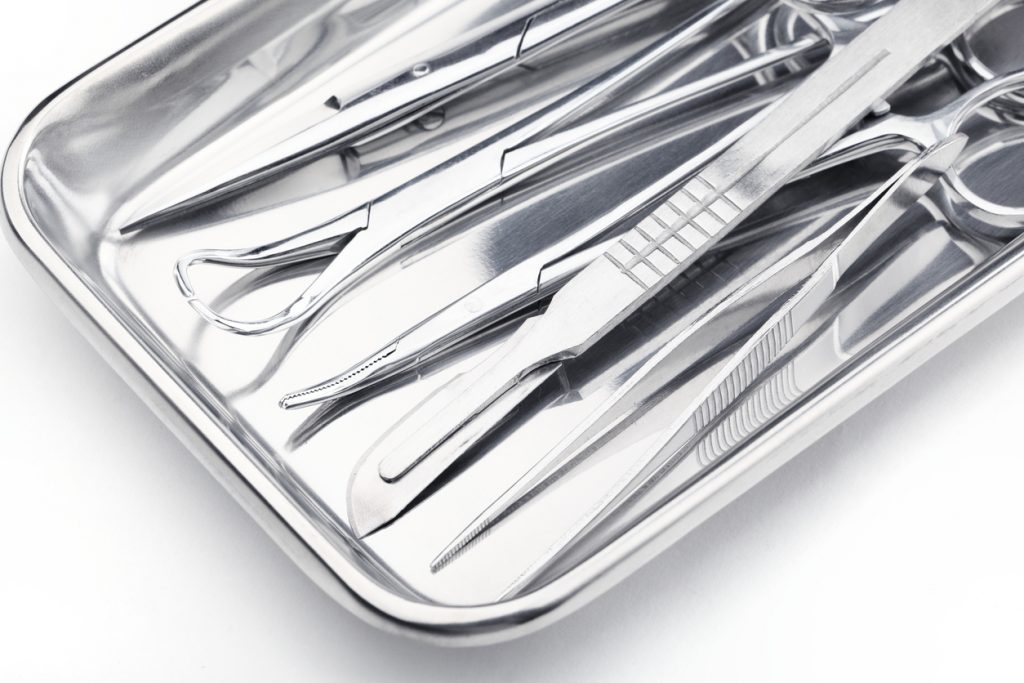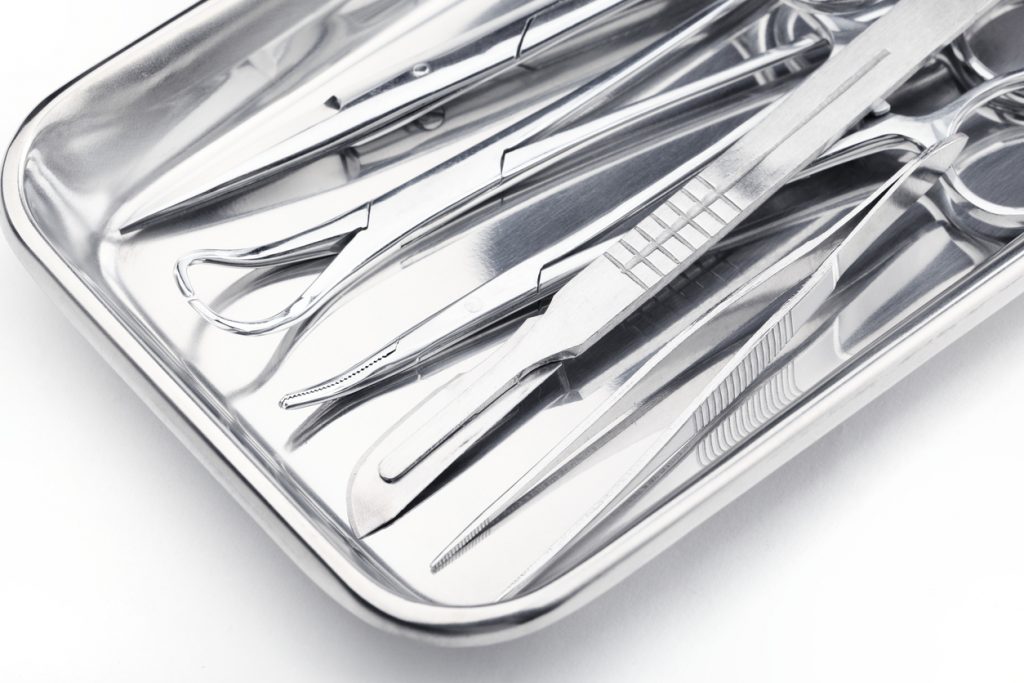Transforming the human body through surgery for aesthetic reasons is nothing new. While surgical procedures today are far more advanced, healers, doctors, and even barbers had been performing cosmetic procedures for centuries before the recent surge in popularity for plastic. (This article was originally published in Who Knew?)
Ancient Healers
Plastic surgery gets its name from the Greek word for these types of procedures: plastikos, meaning “molding.” It’s believed early Indian communities widely experimented with shaping parts of the body, particularly the nose, for aesthetic effect. One of the first people to record these cosmetic procedures was an Indian healer known as Sushruta. Scholars believe he lived at some point between 1000 and 600 BCE, and today we know much of his medicine from Sushruta Samhita, a 184-page compendium of the healer’s teachings, surgeries, and medical practices. Among these writings, Sushruta described reconstructive methods for different defects, including rhinoplasty—or nose jobs—using a pedicled forehead flap. After this was published in the Gentleman’s Magazine of Calcutta in 1794, it began to be used more widely in Europe. This technique is still known today as the Indian flap.
Necro Nip and Tuck
It’s believed that Egyptians were averse to performing surgical procedures to alter the face of the living, as they believed your appearance would be the same in the afterlife, and that you should therefore remain as nature intended while you were alive. They did, however, make some modifications to corpses to emphasize prominent features. Ramses II’s nose had a small bone and a handful of seeds inserted into it, and bandages were inserted into the cheeks and bellies of other mummies—scholars believe this was to make these features more prominent and therefore recognizable in the afterlife.
No Easy Job
Fifteenth-century rhinoplasties, performed long before the advent of anesthesia and hygienic hospital practices, were described by Heinrich von Pfolspeundt in his 1460 work, Buch der Bundth-Ertznei. A model of the nose was constructed from parchment or leather; this was then positioned on the forearm and traced. The marked area of arm skin was cut around, leaving the bottom of the new nose flap attached. The patient’s raised arm would be bound to their head, with the nose flap positioned in place. The patient would then spend up to ten days with their arm attached to their nose before the skin flap was cut and the nostrils constructed.










